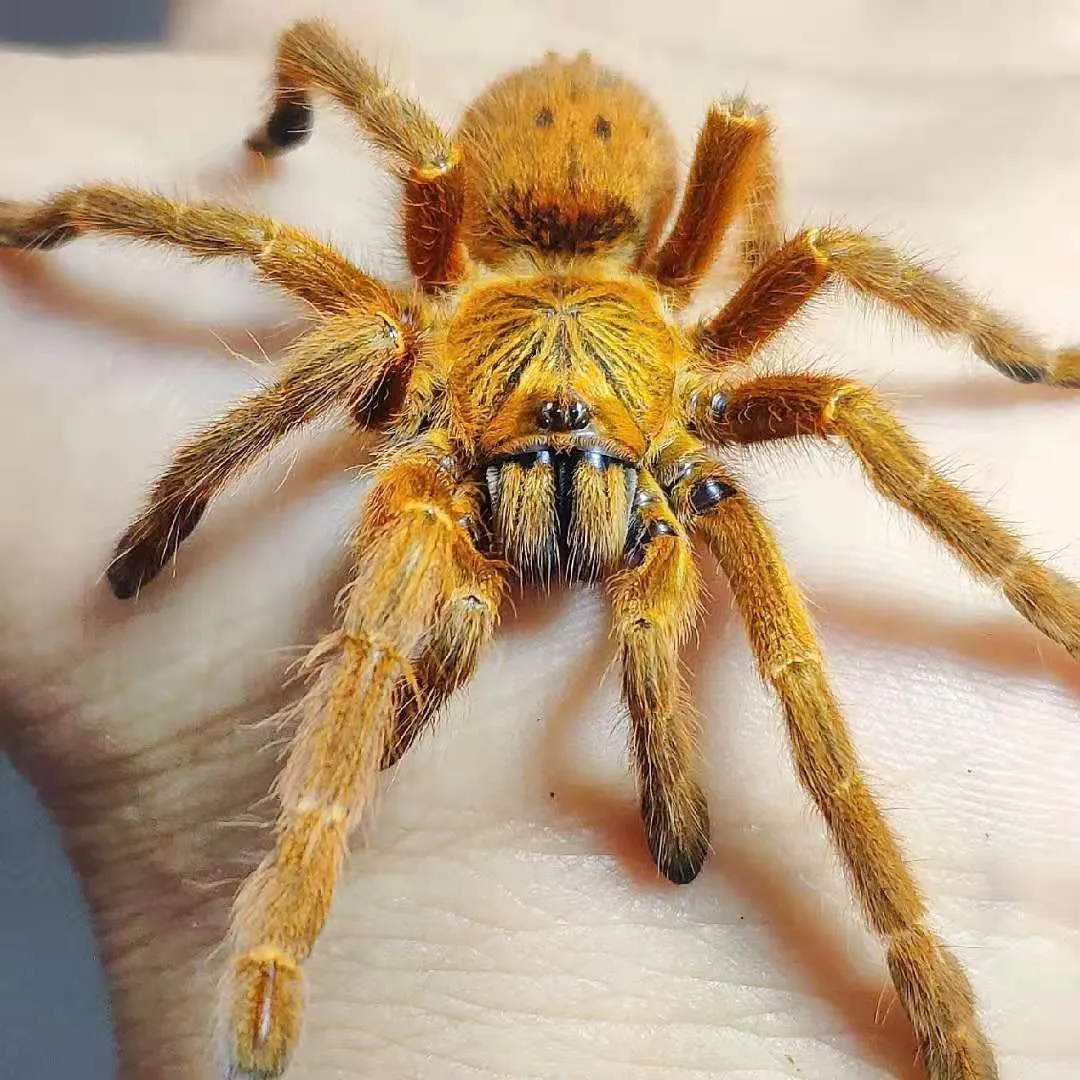What is the Tarantula Babuino Naranja (Orange Baboon Tarantula)
The Tarantula Babuino Naranja, scientifically known as Harpactira pulchripes, is a captivating and sought-after species within the tarantula world. Its common name, the Orange Baboon Tarantula, is derived from its striking coloration and resemblance to baboons due to its overall hairy appearance. This species is native to South Africa, where it inhabits burrows in the ground. Despite its intimidating appearance, the Orange Baboon Tarantula is a fascinating creature, popular among experienced arachnid enthusiasts due to its vibrant colors and interesting behaviors. Understanding this tarantula involves knowing its habitat, care requirements, and unique characteristics, all of which make it a remarkable subject of study and a rewarding pet for those prepared to meet its specific needs. It is essential to approach this species with respect and knowledge, appreciating its beauty and complexity.
Appearance and Characteristics
Size and Color
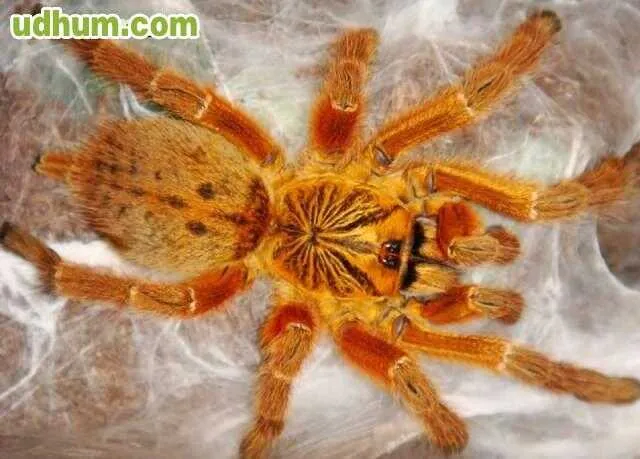
The Orange Baboon Tarantula showcases a beautiful contrast in its appearance. As adults, they typically reach a leg span of up to 5 inches, making them a medium-sized tarantula. The most striking feature is its coloration, with a combination of orange and brown hues. The carapace, legs, and chelicerae are often covered in a vibrant orange coloration, while the abdomen tends to be a darker brown, creating a vivid and attractive visual contrast. This coloration is one of the main reasons the Orange Baboon Tarantula is so appealing to tarantula enthusiasts. Juvenile tarantulas have a similar appearance, but the colors are often less intense until they mature through multiple molts.
Distinctive Features
Besides the striking color, several distinctive features set the Orange Baboon Tarantula apart. Their legs are robust and covered in dense hairs, contributing to their baboon-like appearance. Like other tarantulas, they possess chelicerae, or fangs, used for capturing prey. Their eyes, though not the primary means of sensing the environment, are arranged in a way that allows them to detect movement and light. This tarantula also exhibits a relatively fast growth rate compared to some other species. The spinnerets, located at the end of the abdomen, produce silk used for creating their burrows and trapping prey. The overall appearance of this tarantula is designed for both hunting and defense, making it a unique species in the arachnid family.
Habitat and Native Region
Where Do They Live
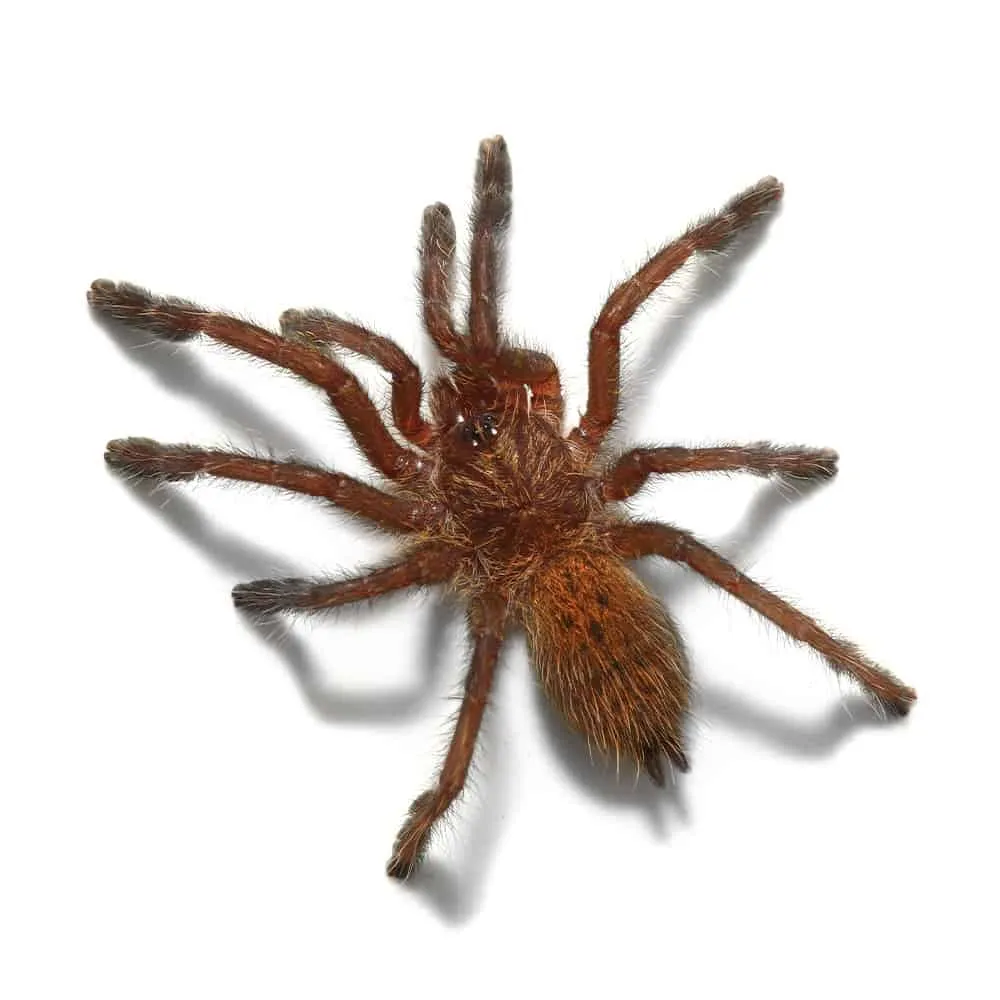
The Orange Baboon Tarantula originates from the dry, scrubby habitats of South Africa. They are specifically found in regions with sandy or loamy soils, where they can easily create burrows. These burrows provide shelter from the harsh climate and protection from predators. They spend most of their time within these burrows, emerging primarily to hunt or mate. The burrows are often intricately constructed with silk and can extend several inches into the ground. This habitat provides the essential environment to survive, protecting them from extreme temperature fluctuations and threats.
Natural Environment
In their natural environment, Orange Baboon Tarantulas co-exist with various other species. The climate of their native regions often experiences distinct seasons, with dry summers and milder winters. The tarantulas are adapted to these conditions, maintaining their activity levels based on the temperatures and humidity. The landscape where they live is often dotted with sparse vegetation, providing little cover. The main threats to these tarantulas include predation from larger animals and environmental changes. Understanding their natural habitat is crucial for providing them with proper care in captivity, replicating their natural environment as closely as possible.
Behavior and Temperament
Defensive Mechanisms
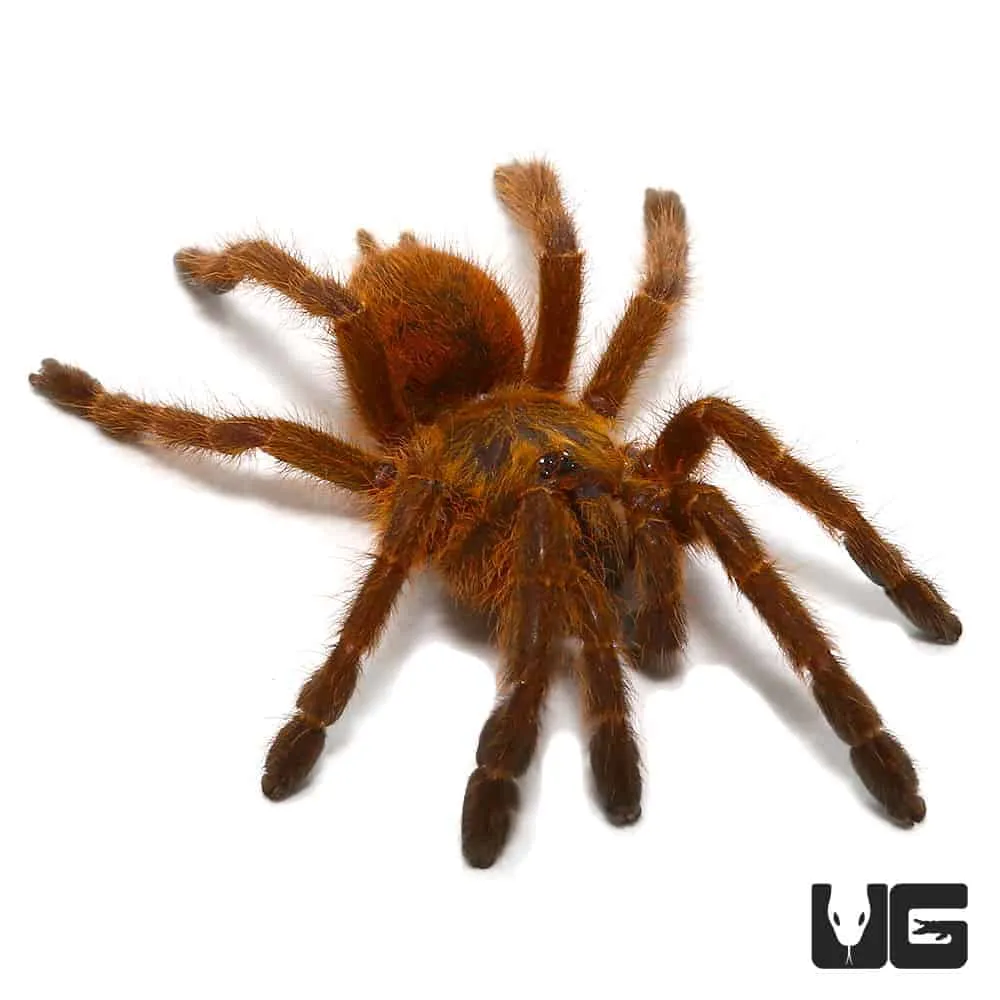
The Orange Baboon Tarantula is known for its defensive behavior. When threatened, they are quick to react, often raising their front legs and displaying their fangs. Unlike some tarantula species that flick urticating hairs, the Orange Baboon Tarantula relies on biting as its primary defense mechanism. While their venom is not considered lethal to humans, it can cause significant pain and discomfort. It’s important to exercise caution when handling this species. Their speed and propensity to bite make them unsuitable for inexperienced keepers. This makes it an essential trait to consider when determining the potential risks for both the tarantula and its caregiver. Moreover, their defensive mechanisms can be used when hunting as well.
Feeding Habits
What Do They Eat
Orange Baboon Tarantulas are carnivorous, primarily feeding on insects. In the wild, their diet mainly consists of crickets, beetles, and other invertebrates they can catch near their burrows. In captivity, a varied diet that includes crickets, roaches, mealworms, and other commercially available insects is essential for their overall health and development. Offering a variety of food items ensures they get all the necessary nutrients to thrive. Their feeding habits are based on their instincts and prey availability. The success of their feeding depends on the tarantula’s ability to ambush and subdue the prey, often using a combination of speed and venom.
Feeding Frequency
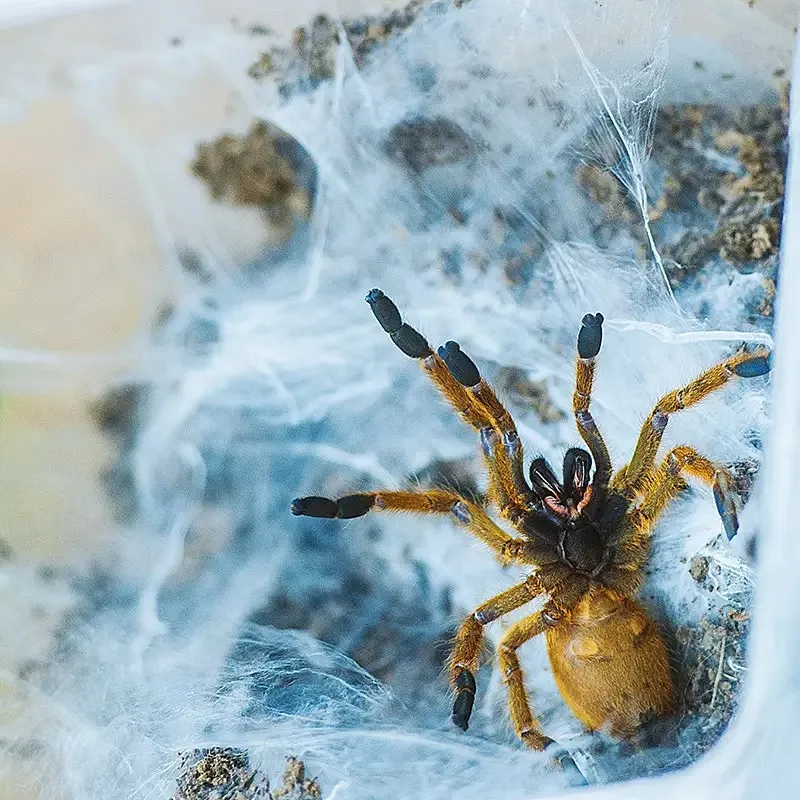
The feeding frequency for Orange Baboon Tarantulas depends on their age and size. Spiderlings and younger tarantulas require more frequent feeding, typically every 2 to 3 days. As they grow, the feeding schedule can be adjusted to once a week or every other week. It’s important to offer an appropriate-sized prey item; the insects should be no larger than the tarantula’s abdomen. Overfeeding can lead to health issues, while underfeeding can stunt their growth. Monitoring the tarantula’s abdomen size is a good way to gauge whether it is being fed sufficiently. Additionally, ensure that any uneaten prey is removed from the enclosure to prevent the tarantula from getting stressed.
Lifespan and Growth
Life Cycle Stages
The life cycle of the Orange Baboon Tarantula consists of distinct stages. They start as eggs, which hatch into spiderlings. These spiderlings undergo several molts as they grow, shedding their exoskeleton to allow for new growth. Each molt marks an important milestone in their development, revealing a slightly larger and more colorful tarantula. The molting process makes them vulnerable, so it’s crucial to keep the enclosure undisturbed during this time. The transition from juvenile to adult tarantula is also marked by the development of sexual characteristics, indicating they are ready for mating. Each stage requires specific care conditions, affecting its overall health.
Growth Rate
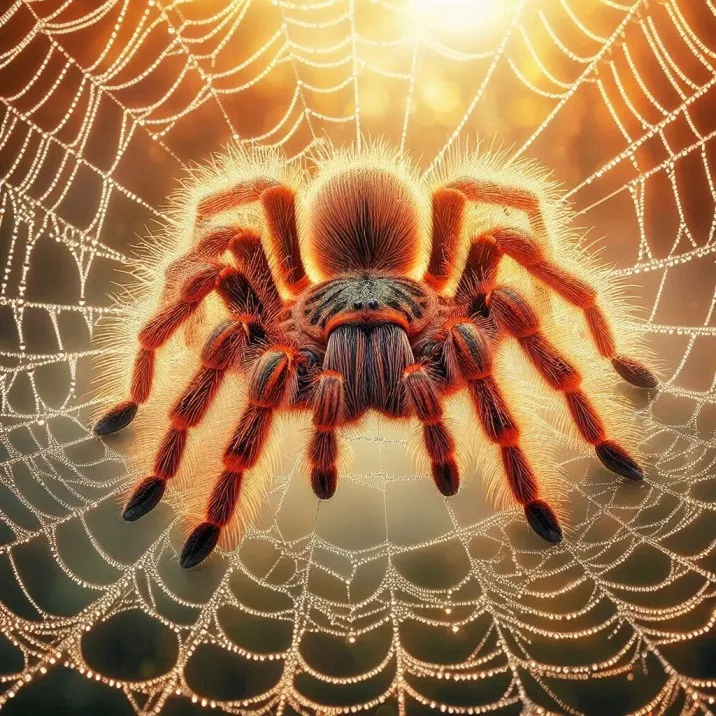
The growth rate of the Orange Baboon Tarantula can vary based on several factors, including feeding, temperature, and humidity. They typically grow faster when they are young and have access to plenty of food. Regular molting is an important indication of growth. As they get older, the molting frequency decreases. Female Orange Baboon Tarantulas generally live longer than males. Understanding their growth patterns helps keepers manage their tarantulas more effectively. Factors like maintaining the right temperature and a balanced diet can also influence this growth. Keeping records of molting dates and sizes can also provide insights into the health and development of the tarantula.
Conservation Status
The conservation status of the Orange Baboon Tarantula is of some concern. Due to habitat loss and the effects of the pet trade, there are some conservation efforts to protect this species. While not critically endangered, populations in the wild are threatened by factors like deforestation and human encroachment. Responsible breeding practices and ethical collection methods are essential to ensure their survival. Supporting conservation organizations and advocating for the protection of their natural habitat are crucial steps in helping protect this unique species. The long-term survival of the Orange Baboon Tarantula depends on creating awareness and implementing effective conservation strategies to protect their habitat.
